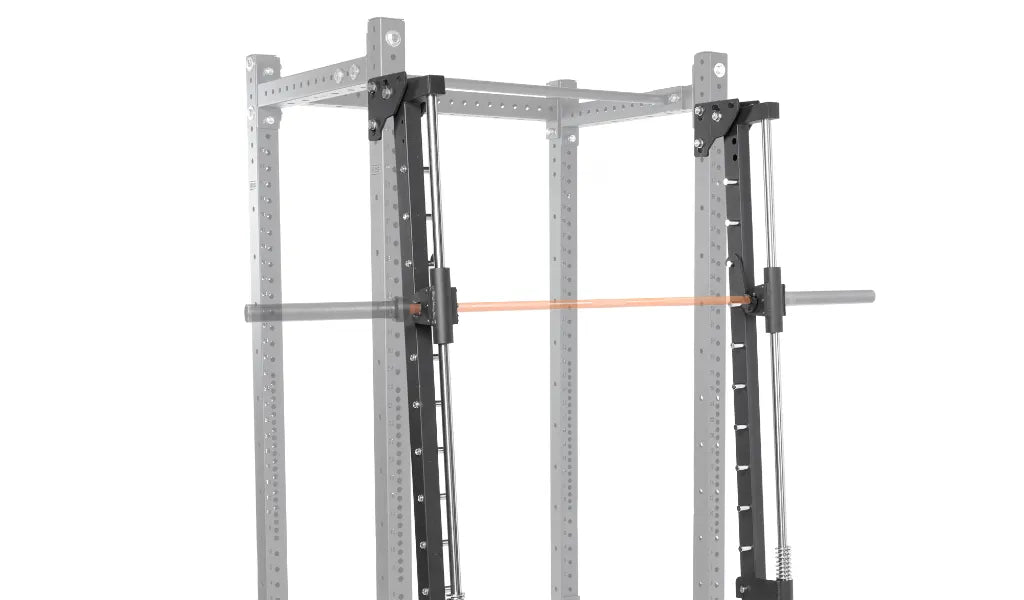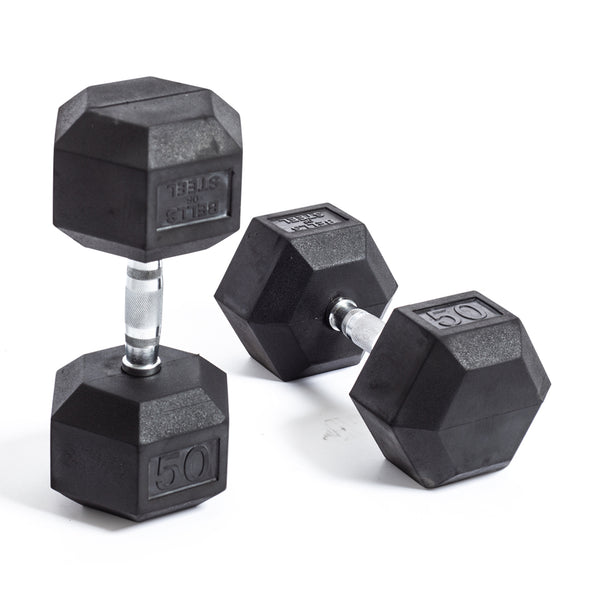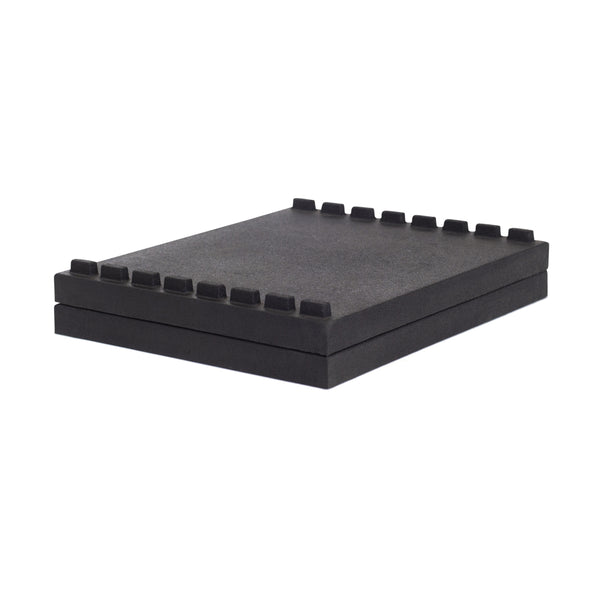If you’ve ever walked into a gym, chances are you've seen the Smith machine — that smooth, guided barbell setup often used for squats, bench presses, and more.
Its fixed vertical or slightly angled path promises stability and control. But when it comes to joint health — particularly your knees — is the Smith machine actually a safe choice?
Let’s break it down.
The Knee Debate: Why Form Matters
One of the most common uses of the Smith machine is for squatting. But here's where things get tricky: squatting with a fixed bar path can force your body into unnatural positions if not set up correctly.
Unlike free weights, where your body finds its natural groove, the Smith Machine locks you into a single plane of motion. If your stance or bar position isn’t ideal, this can increase stress on your knees and hips.
For example, if your feet are placed directly underneath you, your knees may travel forward excessively during the movement. This isolation on your quads and knees could cause injury if not eased into.
So, Is It Good or Bad for Your Knees?
It depends. When used with proper form and loading, the Smith machine can be knee-friendly — especially for those with balance issues or recovering from injuries. However, poor technique on the machine can backfire.
Here are a few scenarios where the Smith machine may benefit your knees:
-
Rehabilitation and stability: If you’re coming off an injury or need extra support, the fixed path allows for lighter, more controlled movements.
-
Isolation training: Want to focus on quads without engaging your core as much? The Smith machine can help you target muscles with minimal knee stress if done correctly.
-
Beginner lifters: New to lifting? The Smith machine can provide a stepping stone to build strength and confidence — but should not replace free weights permanently.
Tips for Protecting Your Knees on the Smith Machine
-
Foot Placement Is Key: Position your feet in front of your body, aligned with your natural squat mechanics.
-
Use a Slight Angle: If your Smith machine has an angled rail, position yourself so the bar moves in line with your body’s center of gravity — often slightly backward.
-
Warm Up Properly: Never jump into heavy Smith machine work without warming up your knees with lighter sets.
-
Add Variety: Don’t rely exclusively on the Smith machine. Incorporate bodyweight exercises, dumbbell lunges, and free barbell work to build balanced knee stability and strength.
-
Listen to Your Body: If you feel pain (not to be confused with muscle fatigue), stop and reassess your form. Persistent discomfort may mean the Smith machine isn’t the best option for your body mechanics.
Final Thoughts
The Smith machine isn’t inherently bad for your knees, but it’s not automatically suitable for them. Like any tool in the gym, its effectiveness depends on how you use it. It can support safe, productive training with thoughtful setup and attention to form.




